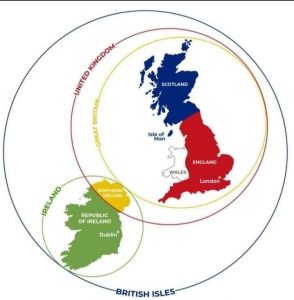With great joy and festive spirit, our 6th-grade students are taking us this year into the magical world of Christmas melodies through two beloved English-language songs: Carol of the Bells and The Twelve Days of Christmas. 🎄✨
Carol of the Bells, with its distinctive melody, gave the students the opportunity to experience a different style of Christmas music, working on rhythm, collaboration, and expression, creating a beautiful holiday atmosphere.
In The Twelve Days of Christmas, a traditional English song full of imagination and rhythm, the children discovered the joy of storytelling through song, practicing their vocabulary and memory in a playful and creative way. Each “day” brought a new gift, each verse a little celebration!
Carol of the bells_Twelve Days of Christmas
The festive experience was completed with the creation of a fun Christmas dance video! The students let their imagination and creativity run free, combining music, movement, and team spirit. With smiles, energy, and Christmas cheer, rhythm became a form of expression, and the school hall transformed into a little celebration. This video stands as a special memory of their efforts and captures in the most authentic way the joy of collaboration and creative learning.
Merry Christmas_FunVideo





























